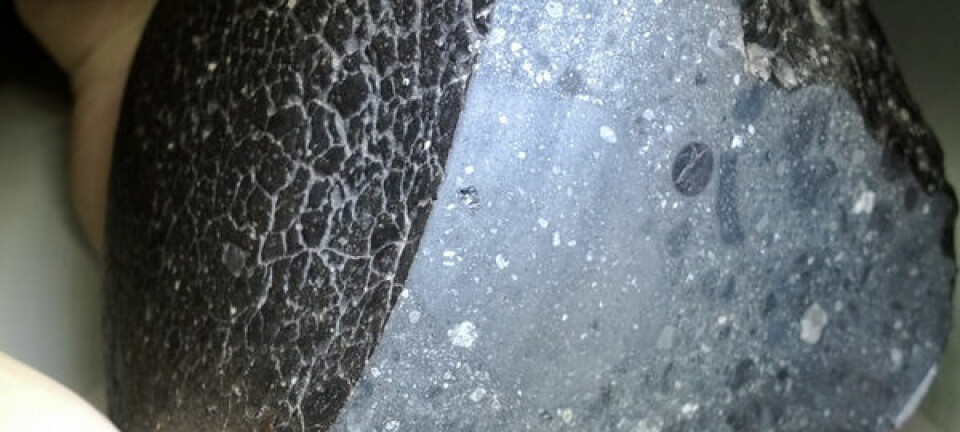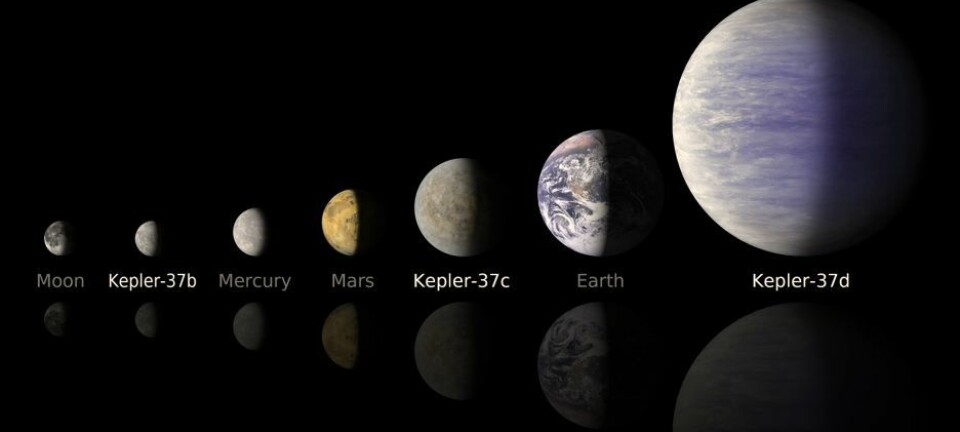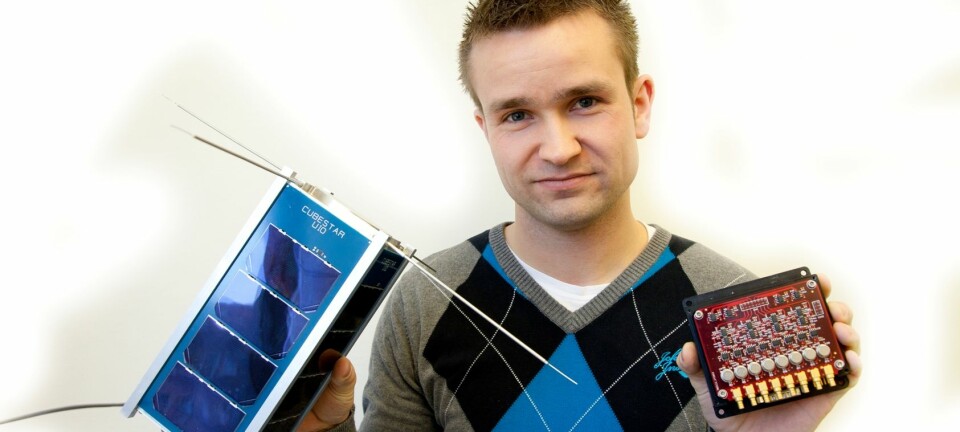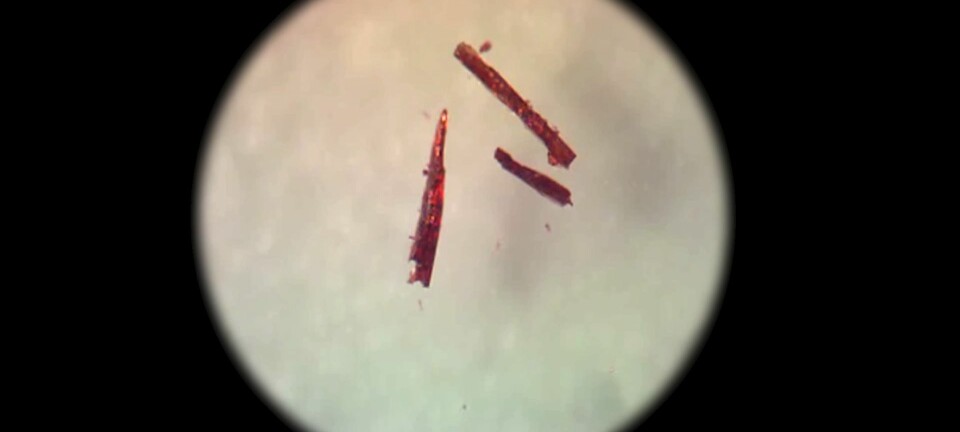
Scientists are trying to brew oxygen on Mars
New device makes oxygen from Mars’ atmosphere to pave the way for future astronauts on the planet.
Six years from now a machine that makes oxygen will be in operation on Mars.
The small oxygen device will be sent to the Red Planet with the NASA Mars 2020 mission.
"We're going to build a small instrument that will generate oxygen on Mars. It will be the prototype of a much larger 'factory' that will provide astronauts with oxygen at some point in the future," says Morten Bo Madsen, the head of the Mars group at the Niels Bohr Institute at the University of Copenhagen.
The project is known at NASA as MOXIE (Mars OXygen In Situ resource utilisation Experiment). Madsen's research group was selected by NASA to participate in the project alongside senior researcher Christopher Graves from the Technical University of Denmark (DTU).
How to brew oxygen on Mars
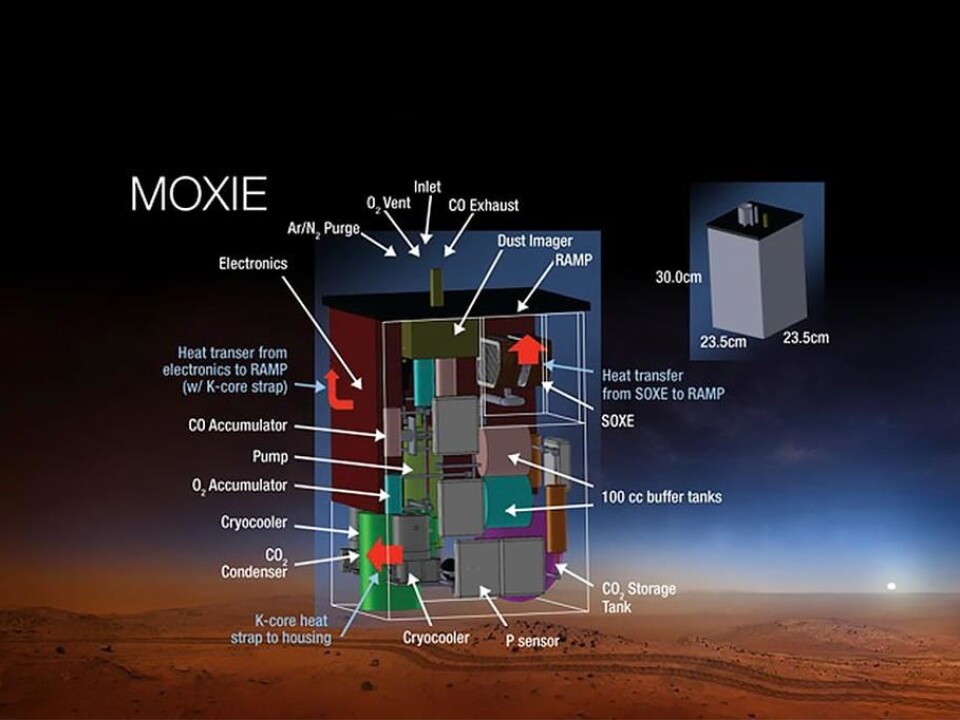
There is practically no oxygen in Mars's atmosphere, but the MOXIE device will “brew” oxygen from carbon dioxide (CO2), which there is plenty of in the planet’s atmosphere.
A carbon dioxide molecule consists of a carbon atom (C) and two oxygen atoms (O2), and it will be the job of the MOXIE apparatus to split the carbon dioxide molecules apart.
The splitting process requires energy, but the end result will be oxygen molecules and a by-product in the form of carbon monoxide (CO).
"MOXIE works like a sort of fuel cell in reverse. A fuel cell produces energy by melting together hydrogen and oxygen to produce water. Instead, we'll be using energy to remove an oxygen atom from CO2," says Madsen.
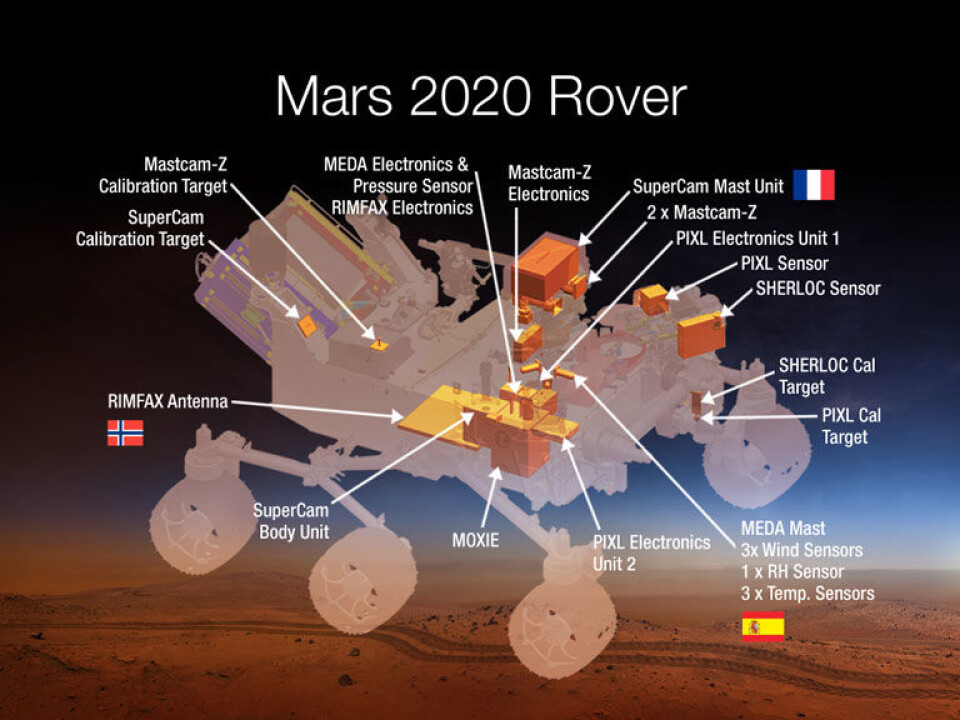
He explains that MOXIE will get its energy from a Radio Thermal Generator (RTG) which generates electricity from heat developed in radioactive plutonium.
Will provide oxygen people on Mars
Around 96 per cent of the Martian atmosphere consists of carbon dioxide so there is plenty of raw material for oxygen production.
NASA spokespersons have stated that MOXIE is only the beginning of oxygen production on Mars.
"Having the ability to produce oxygen on the surface of Mars is a great step forward when it comes to mankind's future exploration of Mars," said Michael Meyer, a leading scientist at NASA's Mars Exploration Program, to Space.com.
The plan is to build an entire oxygen factory on the red planet which will be about 100 times the size of the first MOXIE prototype which is to be launched from Earth with the Mars 2020 mission.
The prototype oxygen factory will have to be ready when NASA sends the first humans to Mars at some time in the 2030s.
Vehicle will collect samples on Mars
The idea behind the Mars 2020 mission is to send an autonomous rover to Mars and have it drive around collecting samples from a planet -- much like Curiosity is doing right now.
"In comparison to Curiosity, what is new about the Mars 2020 mission is that it will gather selected samples which can be encapsulated and then returned to Earth at a later date," says Madsen.
His contribution to MOXIE instrument is, among other things, developing a method whereby the instrument can “harvest” carbon dioxide from the Martian atmosphere without the fine electrical circuits being wrecked by dust.
The Mars group at the University of Copenhagen has also been selected to contribute to the development of another instrument for the Mars 2020 mission, known as Mastcam Z.
It is a special camera which, fitted to a mast on the vehicle be able to see way out in the terrain as well as to zoom in and take close-ups.
The Mars 2020 rover will be launched in July or August 2020. The journey to Mars will take 7 to 9 months.
--------------
Read the original article in Danish on Videnskab.dk
Translated by: Hugh Matthews
